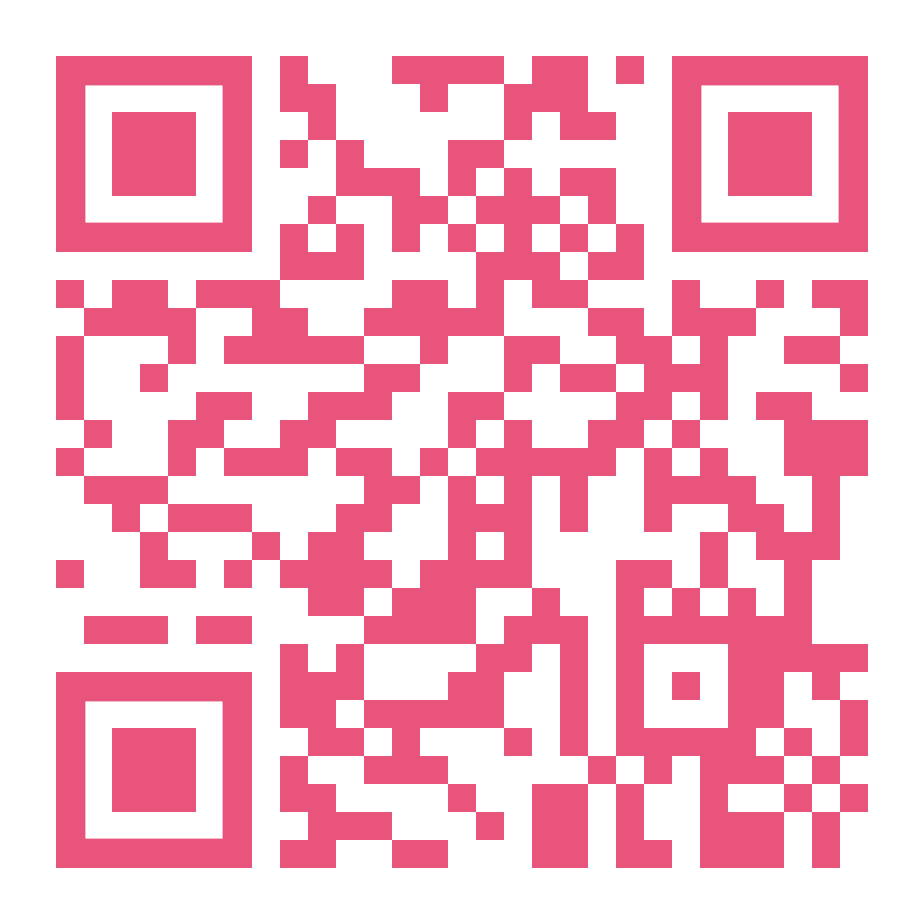Artificial Chemistry Model as a Language for Artistic Creation
Abstract
Artificial Chemistries (AC) represent systems consisting of "species" representing atoms or molecules, that interact according to transformative rules resembling chemical reactions. AC's main field of application is biochemical systems, where it has been extensively applied in relation to the representation of autopoietic systems and the emergence of life. Due to their generative power, AC's have been applied in other areas such as cognitive and social science as well as for artistic creation. Following this idea, we developed a practice-oriented research group over 6 months with students from the Technical University in Dusseldorf, under the direction of the first author and supported by the second author’s research group, whose aim is exploring the bi-directional relationship between the theory of AC and the creation of generative systems in the fields of art and design. Our research project follows the notion of Abraham A. Moles, that every analytical tool can be used as a tool for creation and vice versa. Our current research program is divided into three sub-areas that are interconnected: 1) Investigating the potential of artistic methods to help to deepen the understanding and the intuitive grasp of the structure and the properties of ACs. The central method we are exploring is the method of sonification. 2) Exploring the potential of the concepts of AC as tools to create generative systems in the fields of art and design. Of special interest is the application of concepts in AC to create generative sound systems that are based on man-machine-interactions. 3) Exploring the potential of the concepts in AC as analytic tools to analyze basic structures of the creative design process. We propose that by translating our observations of a creative process into the language of AC both at conceptual and operational levels, we might be able to develop a process of effective formalization towards an artificial intuition.

Copyright (c) 2021 Tomas Veloz, Christian Jendreiko

This work is licensed under a Creative Commons Attribution 4.0 International License.
